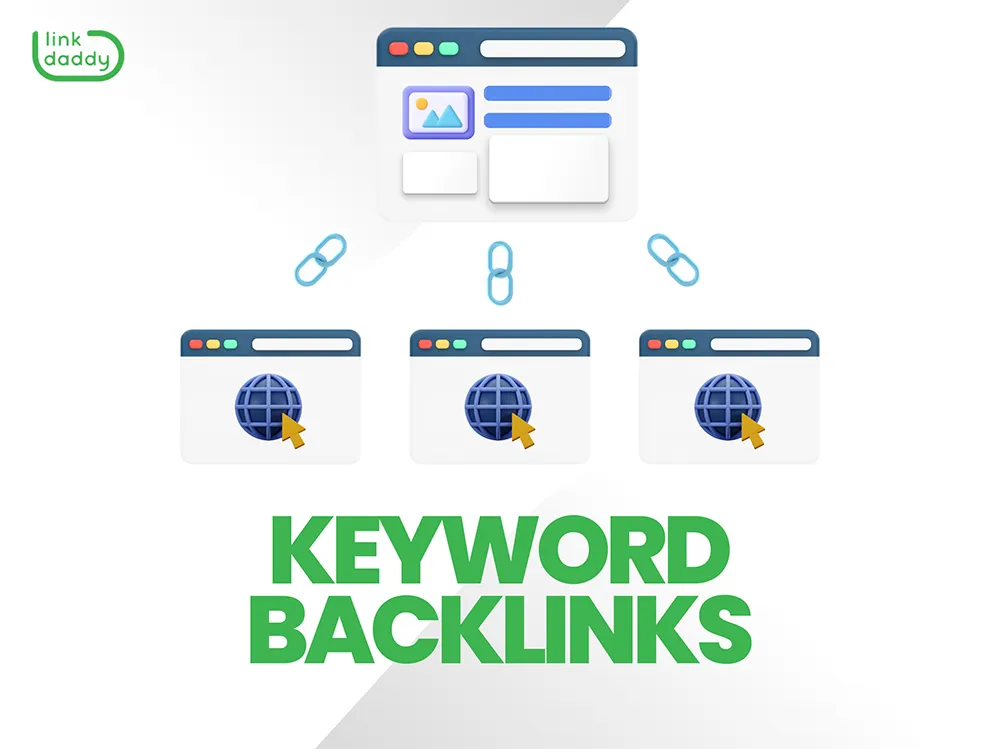A Practical Strategy to Executing Cloud Services for Optimum ROI

Assessing Current Framework
When evaluating the usefulness of executing cloud solutions for maximum return on financial investment, the initial action involves examining the current facilities in position. Cloud Services. Recognizing the existing hardware, software program, network capabilities, and storage space systems is crucial to identify the compatibility and assimilation requirements for moving to the cloud
Analysis of the current facilities entails carrying out a detailed audit to recognize strengths, weak points, and possible locations for improvement. It is necessary to evaluate elements such as server ability, information safety actions, redundancy protocols, and scalability choices. By getting a clear understanding of the current state of the facilities, companies can properly prepare and strategize the shift to cloud solutions.
In addition, analyzing the existing facilities allows services to align their cloud fostering approach with their certain requirements and objectives. This evaluation gives useful insights into maximizing source utilization, enhancing efficiency, and making sure smooth combination with cloud remedies. Ultimately, a thorough assessment of the existing infrastructure lays the structure for a successful cloud execution that takes full advantage of roi.

Identifying Organization Requirements
Recognizing the organization requirements is crucial to customize the cloud services successfully. By performing extensive interviews, surveys, and analysis of existing process, it is feasible to determine locations where cloud solutions can give the most significant impact.
Identifying company needs also involves evaluating elements such as scalability requirements, data protection issues, compliance guidelines, and budget restrictions. Each of these facets plays a critical duty in establishing one of the most ideal cloud remedies for the company. By lining up the abilities of cloud services with the specific demands of business, companies can guarantee that their investment in cloud modern technology supplies maximum return on investment. In addition, by attending to these needs upfront, organizations can prevent pricey errors and guarantee a smooth change to the cloud atmosphere.
Selecting the Right Cloud Provider
Picking the excellent cloud company is a critical choice that can considerably impact the success of a firm's cloud fostering strategy. When picking a cloud service copyright, a number of factors have to be thought about to make sure that the picked copyright straightens with the company's goals and demands. It is important to examine the supplier's reputation, reliability, protection procedures, conformity qualifications, and scalability options.
Credibility plays a vital role as it shows the service provider's record in supplying quality services and meeting client expectations (cloud services press release). Integrity is an additional crucial factor to consider, as downtime or solution disturbances can have destructive results on organization procedures. Safety and security is paramount when delegating data to a 3rd event, so it is vital to examine the provider's safety and security protocols and information security steps
Additionally, compliance qualifications ensure that the company follows industry requirements and policies, which is particularly crucial for business operating in managed fields. Last but not least, scalability alternatives are important to suit future development and transforming service requirements successfully. By very carefully reviewing these variables, organizations can pick a cloud company that ideal fits their requirements and takes full advantage of the roi.
Preparation Migration and Implementation
To make sure a seamless change to cloud solutions, meticulous preparation and critical try here implementation of movement and application procedures are essential. The first action in this process includes conducting a detailed analysis of the existing infrastructure and applications to establish the compatibility with cloud services. It is vital to identify dependencies, efficiency demands, and security considerations to create a thorough migration strategy. Involving stakeholders from various departments can aid in garnering assistance and guaranteeing that the movement straightens with the overall company purposes.
When the movement strategy remains in area, the implementation phase must concentrate on prioritizing work based upon criticality and intricacy. This phased strategy permits testing and recognition at each stage, reducing disruptions and guaranteeing a smooth shift. It is imperative to develop clear interaction channels and give sufficient training to staff members to facilitate fostering and resolve any type of worries.
Constant monitoring and optimization post-implementation are vital to ensure that the cloud solutions are supplying the expected ROI. Regular efficiency testimonials and responses systems can help in identifying locations for enhancement and making best use of the advantages of cloud solutions.
Tracking Performance and Optimization
Effective surveillance and optimization of cloud solutions performance play a critical function in optimizing ROI and guaranteeing operational efficiency. By continually checking the efficiency of cloud services, companies can identify possible problems without delay, enhance source allowance, and enhance overall system effectiveness. Real-time monitoring tools permit the tracking of crucial efficiency indicators, such as feedback times, resource application, and accessibility, making it possible for positive trouble resolution and notified decision-making.

Additionally, employing predictive analytics and click for more equipment learning algorithms can assist companies anticipate future efficiency fads, prepare for potential bottlenecks, and proactively optimize cloud resources. Continuous performance tracking and optimization not only improve the individual experience yet additionally add to set you back financial savings and increased ROI in the future.
Final Thought
Finally, the effective execution of cloud solutions calls for a complete analysis of existing framework, identification of business needs, choice of the ideal cloud provider, thorough preparation for migration and implementation, and constant monitoring for performance optimization. By following these actions diligently, companies can optimize their return on financial investment in cloud services and achieve greater efficiency and agility in their procedures.
In today's hectic service atmosphere, the application of cloud services has become an essential variable in boosting functional performance and driving substantial return on investment (ROI) By very carefully analyzing existing facilities, i loved this determining certain service needs, choosing the right cloud service copyright, and carefully preparing the migration and execution procedure, companies can position themselves for success in the cloud. Understanding the service demands is important to customize the cloud services properly. By lining up the capacities of cloud services with the details demands of the service, companies can make sure that their financial investment in cloud modern technology provides optimum return on investment.Picking the suitable cloud service company is a crucial decision that can dramatically impact the success of a business's cloud fostering technique.
Comments on “Exploring Cloud Services: Key Advantages and Applications”